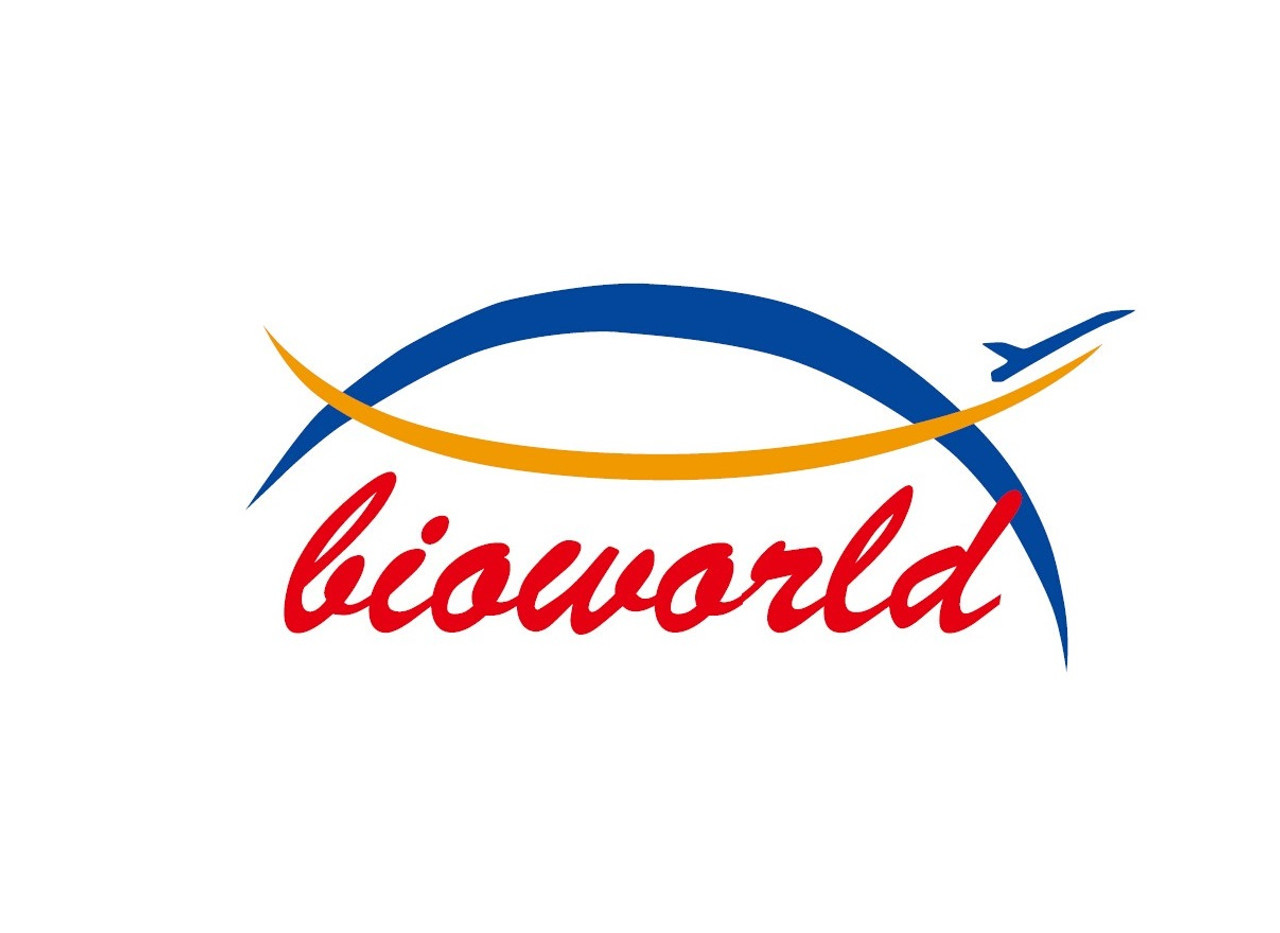Product Description
ASK1 (phospho-S966) polyclonal Antibody | BS5055 | Bioworld
Host: Rabbit
Reactivity: Human,Mouse,Rat
Application: IHC
Application Range: IHC: 1:50~1:200
Background: Mitogen-activated protein (MAP) kinase cascades are activated by various extracellular stimuli including growth factors. The MEK kinases (also called MAP kinase kinase kinases) phosphorylate and activate the MAP kinases including ERK, JNK and p38. The MEK kinases characterized to date include Raf-1, Raf-B, MOS, MEK kinase-1, MEK kinase-2, MEK kinase-3, MEK kinase-4 and ASK 1 (also designated MEK kinase-5) . MEK kinase-1 has been shown to phosphorylate MEK-1 via a Raf-independent pathway. Evidence suggests that MEK-3 is preferentially activated by MEK kinase-3 and that MEK-4 is activated by both MEK kinase-2 and MEK kinase-3. MEK kinase-4 has been shown to specifically activate the JNK pathway. ASK 1 activates both MEK-4 and MEK-3/MEK-6 pathways. ASK 1 Serine 83 is phosphorylated by Akt..
Storage & Stability: Store at 4°C short term. Aliquot and store at -20°C long term. Avoid freeze-thaw cycles.
Specificity: p-ASK1 (S966) polyclonal Antibody detects endogenous levels of ASK1 protein only when phosphorylated at Ser966.
Molecular Weight: ~ 155 kDa
Note: For research use only, not for use in diagnostic procedure.
Alternative Names: Apoptosis signal regulating kinase 1; Apoptosis signal-regulating kinase 1; ASK 1; ASK-1; ASK1; M3K5; MAP/ERK kinase kinase 5; MAP3K5; MAPK/ERK kinase kinase 5; MAPKKK5; MEK kinase 5; MEKK 5; MEKK5; Mitogen activated protein kinase kinase kinase 5; Mitogen-activated protein kinase kinase kinase 5;
Immunogen: Synthetic phosphopeptide derived from human ASK1 around the phosphorylation site of Serine 966.
Conjugate: Unconjugated
Modification: Phosphorylation
Purification & Purity: The Antibody was affinity-purified from rabbit antiserum by affinity-chromatography using epitope-specific immunogen and the purity is > 95% (by SDS-PAGE) .
Pathway: Hypoxia Signaling,Wntβ catenin signaling,Contribution of ECM and Cytoskeletal Factors to EMT,Contribution of Soluble Factors to EMT,hippo Signaling,Adherens Junction signaling,
 Euro
Euro
 USD
USD
 British Pound
British Pound
 NULL
NULL





![ASK1 (MEKK5/MAP3K5) Antibody (S966) [APR32522G] ASK1 (MEKK5/MAP3K5) Antibody (S966) [APR32522G]](https://cdn11.bigcommerce.com/s-452hpg8iuh/images/stencil/500x659/products/872767/1164834/logo__92149.1659788186__96400.1659868790.png?c=2)


